|
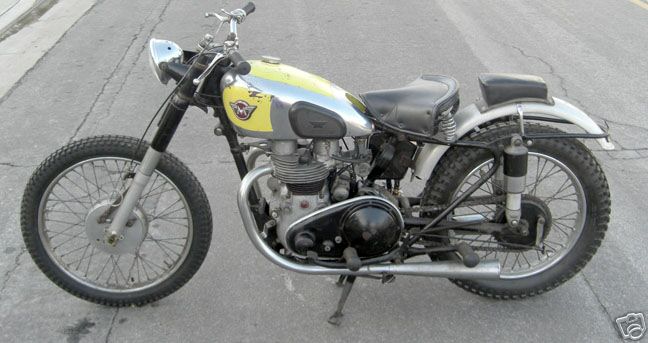
|
| not my bike, but close, real close: Matchless G9B |
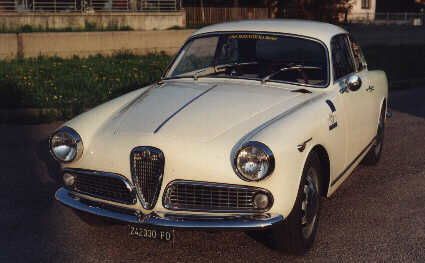
|
| Alfa Romeo Giulietta Sprint Veloce |
This site is ostensibly about aviation, but obsessed though I am, there have occasionally been other diversions.
Like cars and motorcycles.
My first
car was a ’59 Renault Dauphine—you remember those,
right? It was a sleek, trim little beauty, a study in swing axles, huile pressure
(or the lack thereof) and oversteer. How could I not love it?
My first
hint should have been all the wires hanging out beneath the dash (er, panel?) and the non-factory toggle switches rumored
to turn on the lights. As if buying from a college kid who was clearly at least
as poor as me wasn’t another. But it was only (?) $125. How could I resist?

I read in
Road & Track that Jim Clark could detect tire pressure changes of only a pound or two. Well, I could,
too. Naturally, my tires would always be nearly flat in the morning and I could clearly
distinguish between how the car handled then compared to after I’d added air, oil and water. And I could easily
sense things going off as the day wore on, too. Couldn't everybody? Or was it
just me and Jim? Add a little Seattle rain for the bald tires to surf on and the Dauphine would drift around (slow, really slow) corners
like a flat tracker, pedal to the metal. Fun. It was the first car I ever
owned that had a manual engine crank and, since the battery was, shall we say, a little weak, often needed it (my RHD BRG
'59 Land Rover 88 roll-up front, back and sides ragtop with a tailgate, strapped-on jeep can and spare tire on the
hood had one, too, but only needed it occasionally). And since the starter soon went belly up and I couldn’t
figure out how to fix it or afford a replacement, the hand crank came in quite handy.
It was also the only car I ever owned with a “city” horn and a “country” horn. Why don’t all cars have those? It also had Michelin X tires (no doubt a high-buck option) that
made me the envy of my friends whose cars rode on junkyard specials or Sears Allstate
econos. Never
mind the Michelins had no tread, badly checked sidewalls and wouldn't hold pneu pressure.
Actually,
when I bought the Dauphine I was shopping for a Renault 2CV or, barring that, a Citroen 2CV, but I couldn’t find either, at least not in my price
range. I had ambitions of putting a Chevy V-8 in the back seat. Oh, well. VW’s were waaaaay out of my league. So I settled for the Dauphine. Made me feel almost like a country squire (owned
one of those, too, but much, much later) beeping the “country” horn at my friends as I flew around corners
sideways.
Sadly, the
starter wasn’t all that failed. Radiator, generator, window cranks, door
handles (I must have pulled too hard in a moment of absent-mindedness) etc. all fell by the wayside in various states of dysfunction. Also, a valve seat actually fell out of the head and did a very nice rendering of
modern art impressionism (so to speak) on the combustion chamber. Trivial stuff, I agree, but on my "budget"…
sidebar:
One late rainy night after listening to loud music and too much sake at George Martin's "Bali Hi-Fi" store, I got "pulled
over"--though I hadn't yet pulled away from the curb--as I prepared to go home and was given a "speeding" ticket.
Maybe it was because of the steam hissing forth from the radiator, fogging up the rear window? Which I took to mandatory
court and emerged as the innocent I surely was. Yes, Sylvia, there is occasional, very occasional, justice, even
if you "represent" yourself--an only mildly psychotic notion--such as "you" are. Luckily, they didn't give breathalyzer
tests in those days, and seeing as I was only about 19...
My "rich" friend
Dale Naeseth once had a Dauphine, too (I think his cost $200), when we were in high school, so that may have had some influence on my
decision to buy. His was the only car I’ve ever "flown" in while inverted,
on the way home from school one fine spring afternoon. We must've slid a hundred yards
on the roof. Don't know how we stayed in our own lane, otherwise I wouldn't be writing this. Ah, no, no seat belts.
Flip her back over onto her tires, lay down in the back seat, exercise quadrupeds on the interior of the roof,
baseball bat to pry out the fenders, pick up scattered textbooks and homework papers, mop up oil, fuel (why didn't it
burn?) and coolant with same, sweep away shattered rear window debris (thanks, neighbor, for use of the broom) and,
voila, back on the road again.
Fortunately,
after my Dauphine had finally (after a couple of months of ownership) come to a firm out-of-my-price-and-skill-range halt,
I came upon an unsuspecting soul who offered to part with $20 (my first lesson in automotive depreciation) and I was back
in the market for sporting hardware. Found such in the form of a 1960 Alfa Romeo
Giulietta Sprint Veloce. Don’t remember the seller’s name, but he
was the son of a preacher and was running up a serious tab with certain notorious ladies and needed ready cash to keep them,
er, entertained. Only $400 later (the Alfa had cost over $5000 just a few years
earlier), she was mine, all mine. Keep in mind this was pre-Visa/Mastercard and sub-prime lending,
so cash was the only option (no credit nowhere for a dumb, semi-employed kid like me) and (fortunately, no doubt) precluded
more lavish spending. Still $400 was $400, which was all I had (a seemingly
continuous theme in my life's financial story) and the Alfa was beautiful, truly beautiful.
Plus, it had the slickest hood release mechanism I ever saw, a pair of lovely side-draft 40 DCO (DCOE?) Webers with
a cast aluminum intake manifold and air filter box I polished to match the cam covers.
Gorgeous. Loved revving that little beauty to its 7500RPM redline, which was roughly matched
by the number of cranks it took to open or close a window. Italians must love revolutions
in all forms. Absolutely gutless below 4000 RPM and
only slightly less so above that, but it sounded great singing through those Webers.
There were a few minor problems, but who needs 2nd gear synchros, anyway? Double-clutching is an important skill woefully neglected in driver's ed, but I quickly made up for lack of formal training.
The springs sagged, the valves were burnt (had to grind my own shims, too, thereby incrementally furthering my erstwhile
lackful education) and the seats were torn, but it was such a pretty car and had such a pretty engine to match. I loved that car. Even if every time my brother borrowed it I had to tow it home. Then the
thermostat (mounted inline in the upper radiator hose) stuck closed, cooked her good and warped the head. The local parts store-cum machine shop milled about a quarter-inch off and now I had a high-compression
head. Of course, the rings had turned to rubber...
I bought
a “big-bore” 1400cc kit (after all, it was only 1290cc stock) from Italian tuner Mondial, but, alas, never got
it installed. Some months later I sadly sold her to a fresh dental school graduate,
who showed me how to finger pick on a 5-string banjo.
(All these years I've been keeping
my eye out for another one--but probably couldn't afford to buy one anyway...sigh)
After tiring
of hitch hiking, bumming from friends and riding the bus, I bought my first motorcycle, a 100cc Yamaha, from my friend
John Sharp. John drove a truck for the Goodwill, collecting donations, and always had interesting old things to
look at and talk about or buy, and at very reasonable prices, too. He’d
graduated to a rare ’55 Matchless G9B 545 Scrambler Special (see picture above of a remarkably look-alike '54 model)
so the Yam was surplus to his needs. These were the days of long, long hair
and, in a semi-conscious fit over a recently-passed helmet law, John had glued a tangled mass of very long wig hair to his helmet which made him look like an absolute
maniac, or rock star, which he wasn't, but sure looked the part roaring along on the bike.
Which got him a ticket from a creative cop who claimed his helmet no longer qualified as legal. John was riding the Matchless at the time because the Yamaha had been stolen a short while before,
ridden into a swamp and shot full of 22 caliber holes. He’d gotten an insurance payoff, so feeling relatively "flush" (how much can a
beat Yamaha 100 be worth?), he bought the Matchless and almost had enough cash left over to pay the ticket, which was the
end of flushness, such as it had been. When they found the Yam, John got it back.
One late night and many intoxicants later we got talking motorcycles.
I expressed an interest in the Yamaha. Want to buy it? How much? How much have you got? I reached into
my pockets, extracted the contents and replied, "Sixty-seven cents." "Sold,"
said John.
I got her
home, fixed up and running in practically no time (only a minor whoosh of flame as I attached a piece of tuna can over
a bullet hole in
the fuel tank with a little solder and a propane torch). In a good state of tune it would go up Seattle’s Queen Anne Hill “counterbalance”
at about 10 mph on my way home from downtown, where I worked as a draftsman. Since
John was bereft
of any mechanical skills whatsoever, the Matchless (being English) eventually (make that "rapidly") ground to a halt. We traded and so I wound up owning a virtually one-of-a-kind (in Seattle) English bike for
sixty-seven cents, a little dirt-under-the-nails and only minor loss of blood and forearm hair from the fuel tank fire.
I just loved the looks of those old British bikes--still do. "Knobbly," I think is the term. I had dreams of getting
an Enfield 750, Triumph Bonneville, Dunstall Norton cafe racer or a BSA Gold Star square-barrel flat tracker (tres knobbly)
but never could find one in my price range. Years later I got a BSA 441 Victor in a box--pretty, but not much poop.
Anyway, my
"new" Matchless was a beauty. Big chrome tank with luminous yellow metal-flake
trim, monster rear shocks and springs, 21" front wheel, lots of aluminum bits for me to put a shine on, chrome clutch cover,
custom tail light etc. Being English, it had a few electrical problems,
too, but that all was just part of the fun for an ambitious young fellow like me, eager to dive deep into the dark, dank inner
sanctum of mechanical antediluvium in the lair of the Prince of Darkness (Lucas Electric).
Before long the Matchless, too, was running like a (British) watch and I was in my element. Much faster and way more fun than a Dauphine or Yamaha 100. And just as pretty, in its own way, as my
Alfa. Never mind that it had a hinge in the middle. No, it didn't have
the power my friend Keith Hall's G15CS (a 750cc Norton engine in a Matchless frame) had, but no bad. Some tasteless
fool had painted the frame a now dull, oxidized red (and probably the rough yellow metal-flake, too), but I soon set that
right with a little rattle-can black, spit and polish. What a beauty! A little pin-striping and she was done. All it needed was a minor seat repair
since a little wear was beginning to show on the duct tape.
Then John
showed up and said the Yamaha had quit running and he wanted the Matchless back. After
all, I’d only invested sixty-seven cents, so really, he said, morally, it was still his.
Reluctantly, I yielded. Sometimes I'm such a sucker. No, he'd already
sold the Yam (for $100, I think), so I couldn't have it back. To say nothing of blood.
That's OK, John, keep the sixty-seven cents. Still, it had been fun, lots of fun.
Fortunately, I had a new girlfriend (the lovely Christy--big smoocherinos to you, sweetie pie!),
who had a '60 Volvo 544, so I’d figure out a way to get by without it, even though the Volvo, of course, didn't run.
And almost forty years later, I'm still fixing
cars for her. But
that's another story.
Dieseling
Hi again, Phil--
Thinking about your problem reminded of when I was a kid in high
school and my dad had a '59 Hillman Minx sedan. You remember those, right? 10 points if you remember what the Rootes Group
(any connection to the supercharger?) was, bonus ten points if you remember what the station wagon model was called and an
easy five points if you remember what the sporty car model was called and later became with the installation of a Ford 260
V-8. Anyway, besides providing me with a seat for my budding road and drag racing career (dead heat with bug-eye Sprites,
0-60 in about a month), I also got my first taste of wrench turning on cars after graduating from bicycles. It had a 1500cc
inline four that produced a whopping 61.5 hp. Column shift 4-speed, though normally you didn't bother with first gear.
Back to dieseling. K-Mart would occasionally have really great deals my dad couldn't pass up on
things like old tuna fish, hydrometers the size of eye droppers, old transistor radio batteries and in this case, spark plugs.
He got a screaming deal on some extra-hot, long reach plugs he thought would eliminate any possibility of fouling, not that
it was a problem, just being proactive, you know? Got two packs of four (so he had spares, too) for about 50 cents as I recall.
Put 'em in and of course they worked great. But after a few months the engine would diesel on shutdown. Just step on the gas
and it would quit.
Of course, before we ever got around to replacing the
plugs, I managed to run it out of oil and on the way home from a night of drag racing (yes), threw a rod. Luckily, the folks
were away on vacation, so I sped on down to the parts store (thanks, Dale, for the lift), got what I needed and put it all
back together. Never mind that the crank now had a nice little ding on the rod journal, I just took a file to it and cleaned
that baby right up. Also changed the plugs back to the originals.
No more
dieseling.
Unfortunately, the story has a sad ending. After all my repair
work, it only lasted about twenty miles before the new rod duplicated the behavior of its predecessor and spilled the beans,
so to speak. Among other things, I had put the new rod in backwards.
I was just a kid, for crying out loud. Give me a break!
P.S.
I still have the unopened extra set of
spark plugs, in case you ever get a '59 Hillman and need some. Not that I would recommend them, but just in case.
Porcelain

Hey Val--
When
I was a kid, a lucky friend had an Austin Healey. Fun! One day he came by and said it had developed a misfire--what could
be The Problem? Being highly experienced know-it-alls who read all the magazines, after driving it really fast and blipping
the throttle about 10,000 times, we concluded it needed an engine overhaul. So, we tore the engine down, replaced rings, bearings,
points, condenser, rotor, cap, seals (and the clutch, too, I seem to recall), ground the valves, rebuilt the carburetors etc.
Everything we could think of. New battery and muffler (no doubt a $500 Italian after-market go-fast variety), too, I think.
Started her up and guess what--it still had the misfire! Crikey! Took it down to the local gas station where they put it on
the scope and immediately found a bad spark plug--impossible! It was equipped with brand new $500 per Golden Lodge spark plugs
my friend had installed just before the misfire developed--that couldn't possibly be The Problem! Five minutes and two bucks
later it ran great--just like it did before he installed the $500 Golden Lodge plugs.
Don't recall, but in retrospect
I suspect my friend (not me--no way!) dropped the offending plug during installation.
OTOH, one of the primary problems
we've seen with hard starting/misfiring -52's and CJ's isn't the plugs--it's that they're mostly still equipped with their
original issue and now shot ignition harnesses. Both the Russian and Chinese wires have comparatively short service lives
because of the materials they use(d). Over There They have calendar service life limits on most consumables, but We just rely
on Condition and ignore the TIS limits. So, while we ignore--and exceed--the TIS limits, oil, water, fuel etc. collect in
the ring, cause the wires to deteriorate (as in turn to goo) and finally, fail.
If you're experiencing hard starting
or misfires, one of the first things to do is check the wires. If they're bad (very likely if OEM) replace them with high
quality 5mm US wire. Not surprised at all that your conversion kit makes a big improvement, Dennis.
There is no question
that auto plugs (and wire) are way cheaper than the aviation variety. OTOH aviation plugs and wires don't look like auto stuff
and cost more for some very good reasons. Aviation plugs last a very long time and are a relatively minor cost item. But if
you drop a plug it is ruined (cracked or broken porcelain), regardless of brand. Don't work so well in Austin Healeys or airplanes.
A harness that has turned to goo isn't much good, either.
Do some diagnostics before you overhaul. I'll give you my
buddy's phone number if you need advice--I might even still have some magazines laying around. A nomex flight suit and helmet
might help, too. Just kidding.
1965 de ja vu all over again
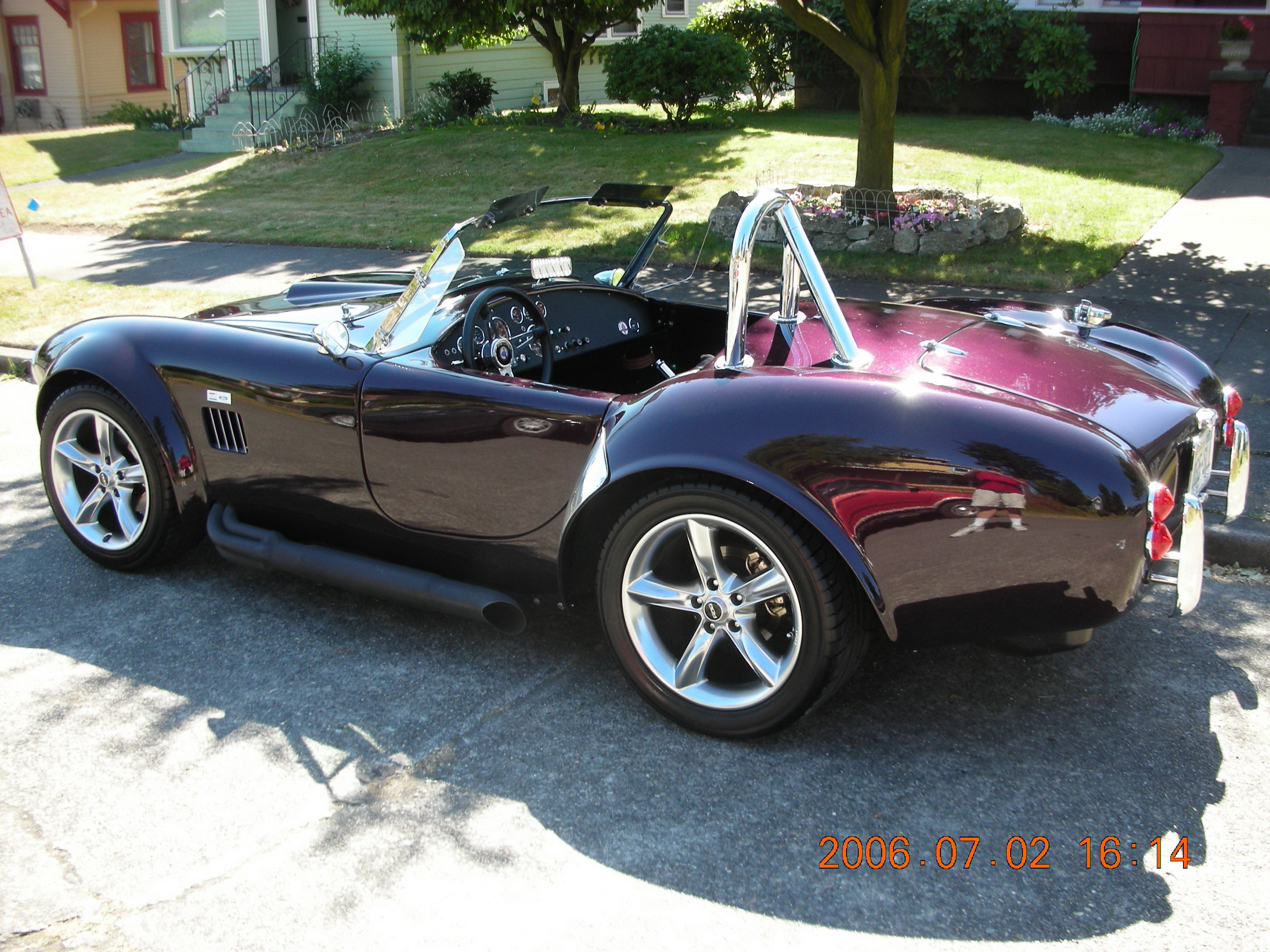
|
| summertime putt putt |
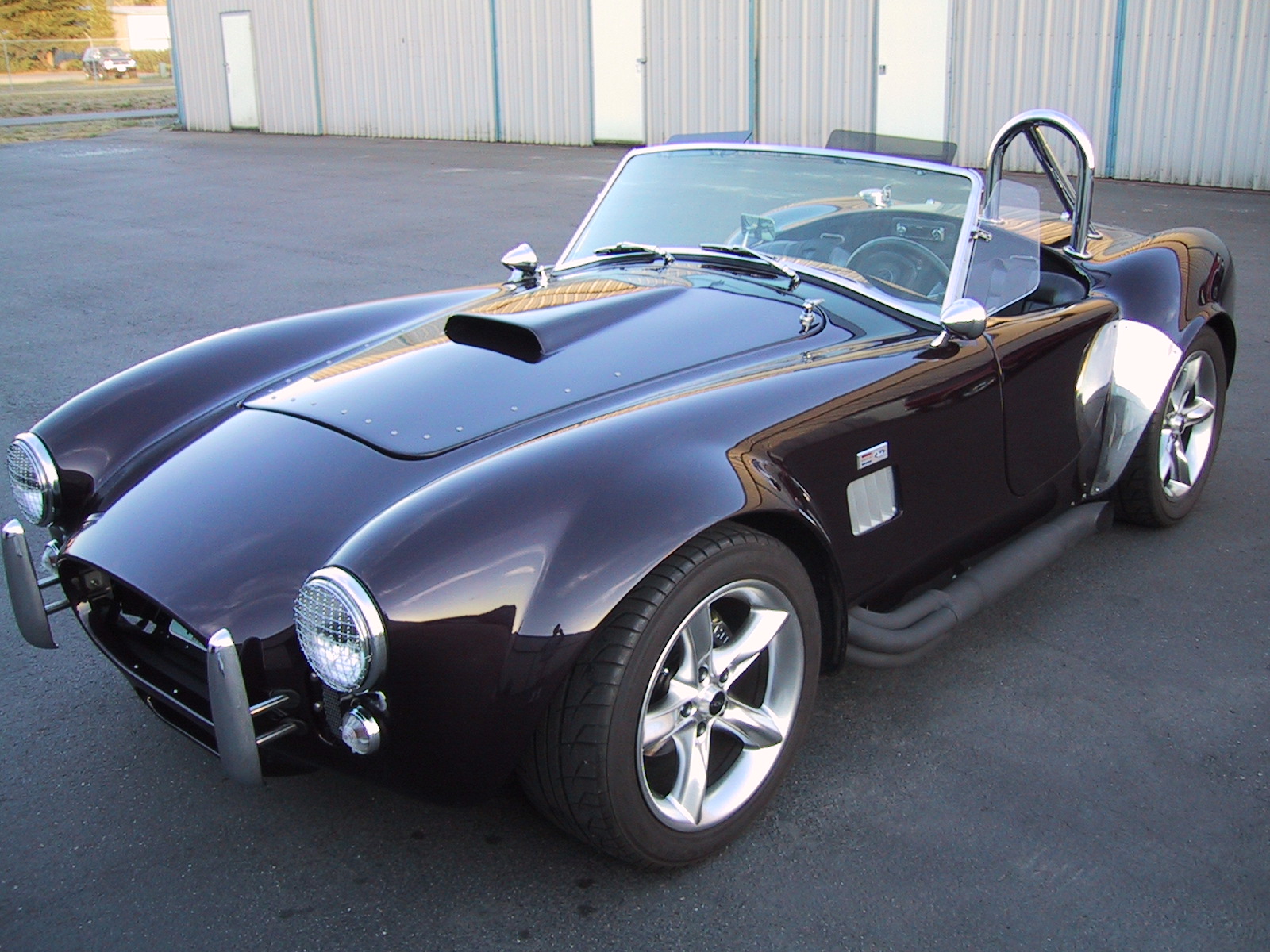
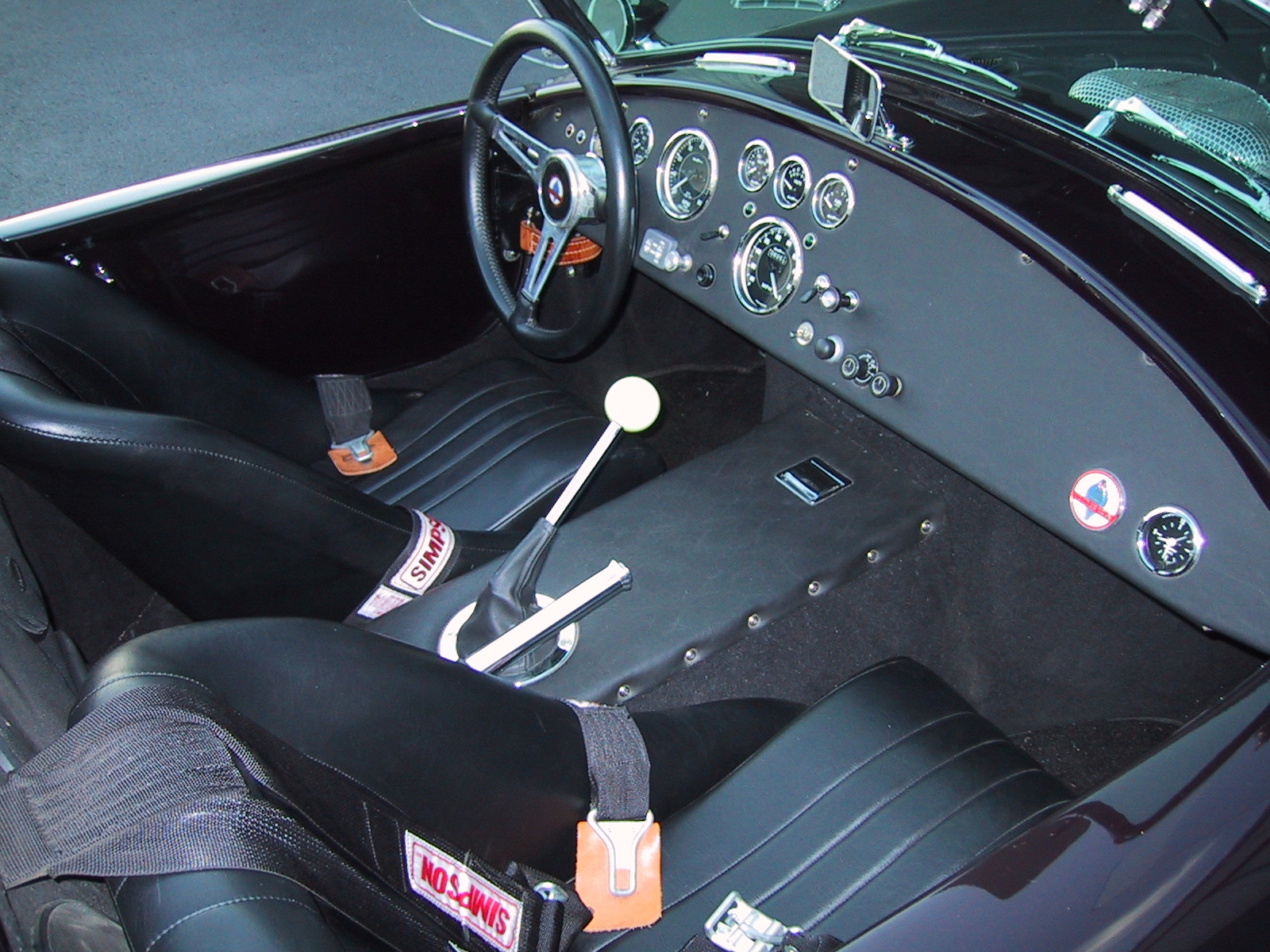
|

